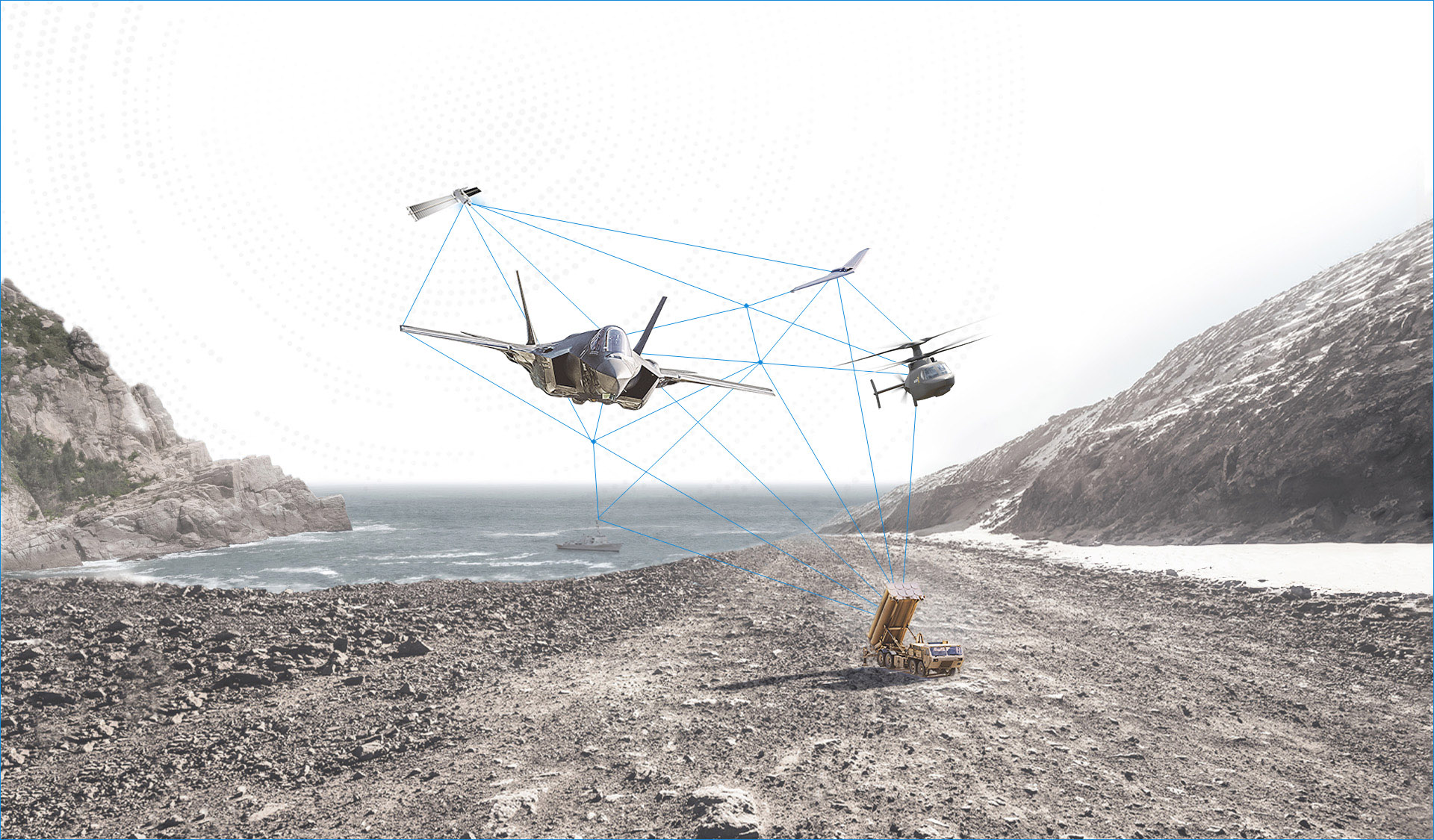A few years back I attended a “Breaking Through the Glass Ceiling” conference hosted by Lockheed Martin. What I learned has stayed with me over the years: That glass ceilings are universal. Everyone—no matter their gender, ethnicity, sexual orientation or disability—has their own version of a glass ceiling. It’s up to each of us to learn what our glass ceilings are and break through them.
This became my mantra, and I use this as a reminder to not let my own limitations and assumptions of what I could or could not do dictate where my career takes me. I started engaging in opportunities that I was too afraid to try before and push myself as far as I could. Whenever I thought of not trying something, I asked myself, “Why?”. Was there a legitimate reason, or was I just too scared to try? This is where my career with Lockheed Martin took shape.
Taking Control of My Career Goals
Keeping an open relationship with my leaders and discussing my strengths and desires is what spearheaded me into cyber—a path I avoided most of my career in security. In my military career before Lockheed Martin, I served as a logistician and security management professional. I was used to planning and responding to worst case scenarios, project management and remaining calm while controlling chaos. I knew what I was capable of but not how it could be used in corporate America.
I started with Lockheed Martin in program security as I continued my graduate degree in security management. My opportunities to discuss my career with leadership were instrumental to where I went next. I took advantage of those meetings and asked a lot of questions. They saw something in me that I couldn’t yet see, and I was challenged to push myself and try something different.
Remembering my mantra of not allowing myself to set my own glass ceilings and limitations, I pressed forward. I started looking into opportunities available to me and stretch assignments to explore cybersecurity. Cybersecurity was a dream I thought I could never achieve because I didn’t consider myself technical enough. I started studying for a certification as my first challenge. I told myself if I could get that certification, then I had what it took to learn more.
What I found was, I knew more than I gave myself credit for. I had the foundation and didn’t even realize it. My experience in the military and in security management brought a new perspective to what I had to offer cybersecurity. Cybersecurity is not just information technology. Cybersecurity is fluid and evolving, moving so rapidly that we have no choice than to evolve with it if we want to succeed in it. It’s like a roller coaster with no brakes—if you want to be a part of it, you must jump on and be prepared for the ride. Everyone is on a learning curve and learning together. If you are prepared to put in the work and enjoy the learning challenge, cybersecurity is the best place to be.
When I started my career in cyber, I was not as technical as most of my peers, but I brought something to the team. I had extensive experience in problem solving, researching solutions and developing processes to maximize efficiency.
I have come a long way and am excited to see where cybersecurity takes me. Most of the jobs we’re preparing for don’t even exist right now. As technology changes so do our responsibilities and what we need to learn next. I find that exhilarating.
Leading as an Individual Contributor
We sometimes think of leadership as a title and not a trait we are exercising. With the pace cybersecurity is going most of our teams have a combination of different IC levels, with new positions opening all the time. When I first joined cybersecurity, I looked to my peers for on-the-job training, help with day-to-day challenges and advice on where to find answers. I couldn’t have been successful without their support.
Recently I successfully completed the Certified Information Security Manager (CISM) certification, one of the many challenging certifications in the field, and I did it with the help of my peers. Now I’m the one paying forward the support and leadership I was given in the start of my career. The day-to-day challenges we face in cyber brings out the leaders in all of us. Without thinking like a leader it’s hard to succeed. And for our teams to succeed, we all must lead by example and help lead the development of early career cybersecurity professionals. We don’t have to have the title to embody the qualities of a leader.
Finding Mentorship
I’m often asked how a person who is interested in cybersecurity go about forging a career path.
I would start with WINGS (Working to Include, Network, & Grow Stronger), which is Lockheed Martin’s mentorship platform. Find someone who is currently in a position you might be interested in, setup an informational meeting and learn what it is they do to see if it is something you might want to do.
Don’t be afraid to ask questions and to communicate with your leadership, as they have a front row seat to your performance and additional opportunities like stretch assignments that you can take advantage of.
Be active and expand your network. Business Resource Groups (BRGs) are also a great resource to finding mentors, advocates and coaches. I am the professional development lead for Valley Forge Hispanic Organization for Leadership & Awareness (HOLA), and we host professional development events in partnership with other HOLA chapters and BRGs. Recently Lockheed Martin became an affiliate with the Women in Cybersecurity (WiCyS) organization, also known as WiLMA. I am the membership committee chair for WiLMA, helping to recruit more support and participation. WiCyS and WiLMA are great resources, as these organizations promote career development, networking, mentorship and advancement, both in the cybersecurity field and at Lockheed Martin as a whole.
While everyone is different and some of these resources might not work for you, the key is to make sure you are exploring opportunities that align with whatever your passion is. Passion is what makes working more than just a job and ensuring you are not setting up your own road blocks or glass ceilings.







